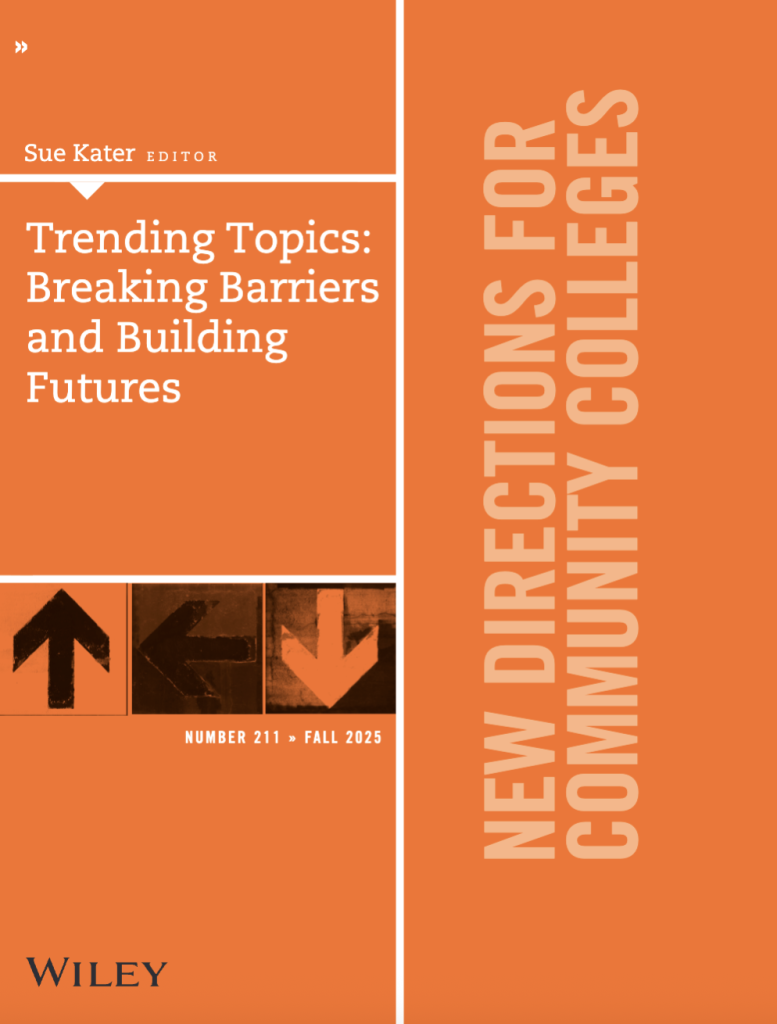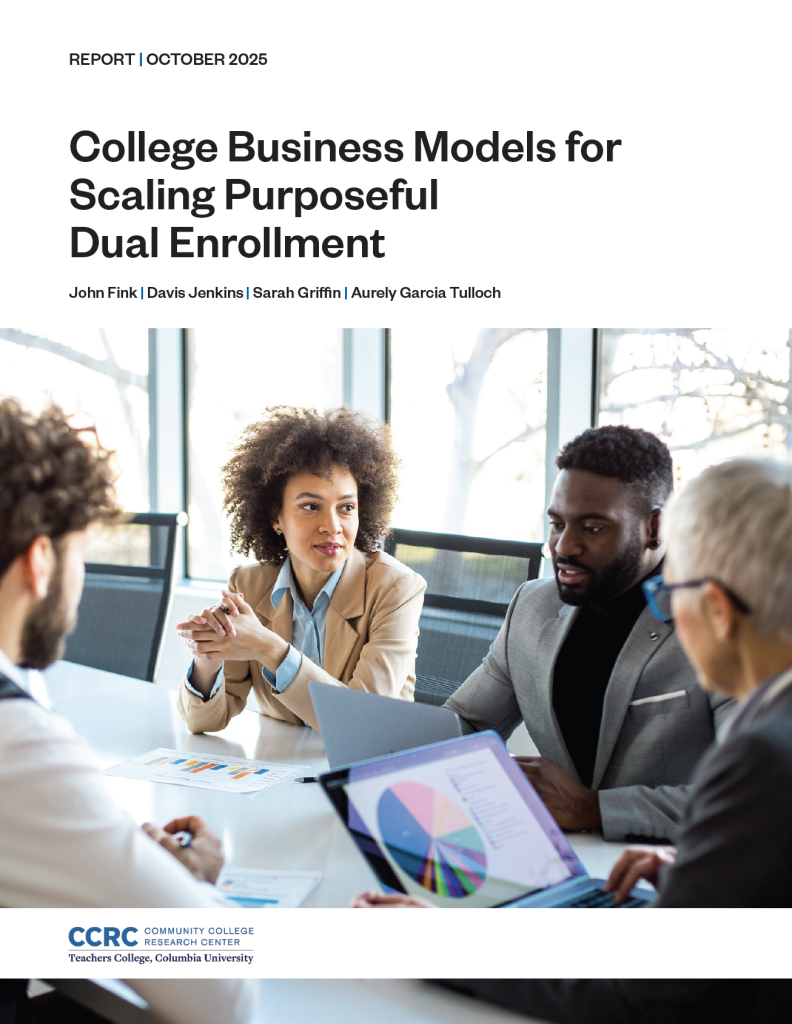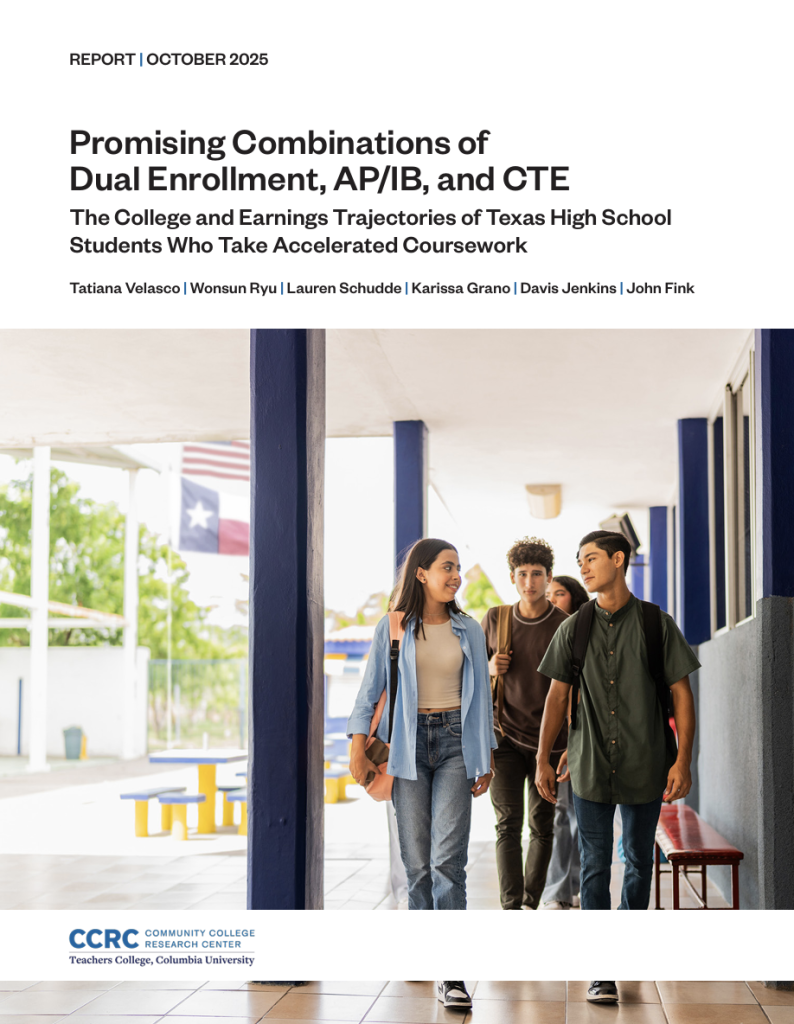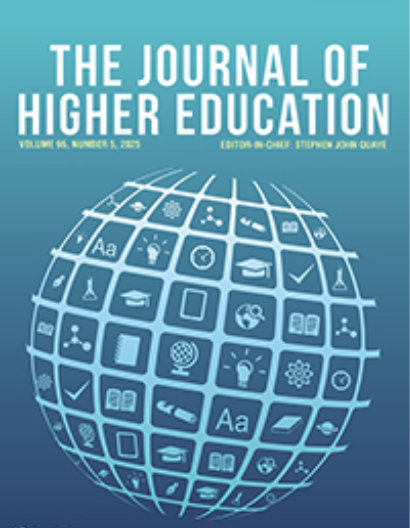Responding to the Student Voice in Dual Enrollment: Insights From Focus Group Interviews and DESSE Survey Data

Drawing on survey and interview data, this article describes what students want from their dual enrollment experiences and implications for college and K-12 leaders working to strengthen their dual enrollment programming.
College Business Models for Scaling Purposeful Dual Enrollment

This report describes strategies for providing purposeful dual enrollment, which better guides underserved students into degree- and career-connected education after high school, without shifting the cost burden onto students and families.
Promising Combinations of Dual Enrollment, AP/IB, and CTE: The College and Earnings Trajectories of Texas High School Students Who Take Accelerated Coursework

Using data from Texas, this report examines how students combine different types of accelerated coursetaking in high school and how these combinations are associated with students’ subsequent postsecondary attainment and earnings trajectories.
The Impact of Dual Enrollment on College Application Choice and Admission Success

Using a regression discontinuity approach and data from two cohorts of students in one state, this paper examines the effect of taking dual enrollment credits on the number of in-state public colleges students apply and are admitted to and the selectivity of those colleges.
“Waiving” Goodbye to Placement Testing: Broadening the Benefits of Dual Enrollment Through Statewide Policy

Using interview data from program leaders and statewide student data, this paper examines the implementation and estimates the effects of Ohio’s Innovative Programs, a policy aimed at expanding access to dual enrollment for underserved high school students.
